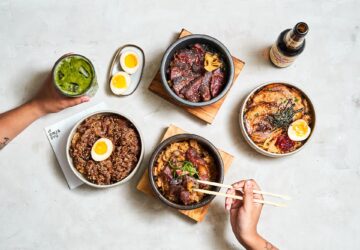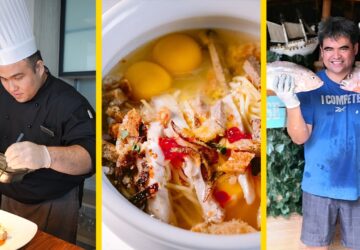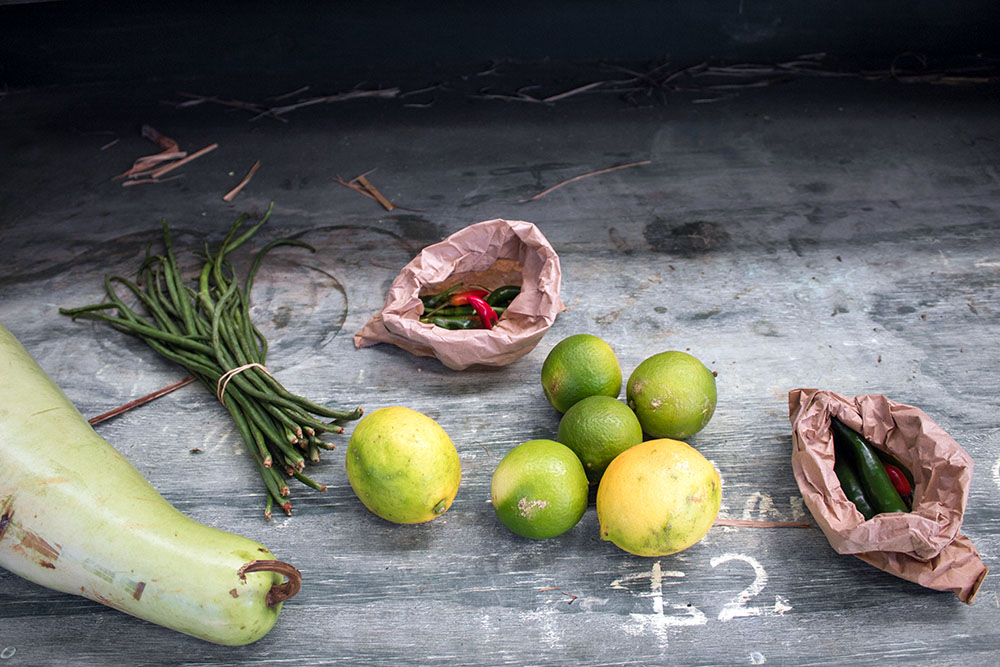Organic food is proven to cost more—about 47 percent more, according to a study by Consumer Reports released in 2015—but that hasn’t stopped the global demand to grow to $89.7 billion in 2016. The hefty price tag, according to Food and Agriculture Organization of the United Nations (FAO), is because of the more arduous production, the absence of synthetic pesticides and better wages for farmers and producers.
Organic produce means limited and slow production
Organic farming is slower in production since it strives to keep the soil healthy by preventing erosion. This is done through crop rotation and natural composts like aged animal manure, green manure and decaying leaves and barks.
In comparison, traditional agriculture focuses on producing high yields and fast market distribution. While the difference in yield between traditional and organic farming has long been debated, studies find that organic farming generates a lower produce yield over a longer period of time. Far Eastern Agriculture magazine estimates that a farmer who shifts from traditional to non-chemical farming can yield seven kilos of okra compared with his normal 15 kilo output, a decrease of nearly 50 percent.

Organic farming does not use chemical or pesticides
Traditional farming uses synthetic antibiotics and pesticides to repel insects and retain livestock health. Organic farming uses natural pesticides such as seaweed and neem plant extracts, which are not as harsh as synthetic pesticides. While this is good for the environment, it also leads to a greater loss for crops. “Because we do not spray our produce, they tend to be more volatile,” says Hindy Weber-Tantoco, one of the founders of Holy Carabao Holistic Farms, which has been producing organic produce since 2007 in Sta. Rosa, Laguna.
Organic certification is expensive
According to the Department of Agriculture’s certification guidelines for organic agriculture, farmers have to spend a minimum of P50,000 or higher for organic certification. The actual price depends on two factors: whether the applicant is an individual or a group and how many categories the farm covers from crop production, livestock and poultry production, aquaculture, retailing and more. The Organic Certification Center of the Philippines and the Bureau of Fisheries and Agriculture handles the certification process, which could take anywhere from three to six months—a lengthy period punctuated by several farm and process inspections that cover everything from storage to sales, as detailed by the Philippine Organic Agriculture. Once the certification is complete, farmers would have to renew it every 18 months.
Marketing and transportation require money
“We want to deliver our produce on the same day of harvest, so we invest a lot in the right packaging and cold-chain delivery,” says Weber-Tantoco on the distribution process of organic produce. While organic farms yield fewer produce, the goods still require immediate delivery to consumers—a costly and relatively inefficient marketing and distribution chain, observes FAO, since the relatively small volume of produce means less profits compared to crop volumes from traditional farms.

Better wages for farmers
Organic agricultural practices are not just based on principles of health, ecology and care, according to FAO, but also fairness, which emphasizes that everyone in organic agriculture such as farmers, workers, traders, distributors and consumers, should be treated with equality.
“Our farmers get double or more what they would probably get in conventional farms,” says Weber-Tantoco. “We also give all the legal benefits and other extras we choose to share. Farmers who farm and sell conventional produce sell their produce by the truckloads and get a few pesos per kilo for their produce. It’s the middle man that names the price.”
While organic food costs higher than regular produce, Weber-Tantoco, who is an advocate of organic food, says that anyone who decides to eat organic should not base their decision on pricing alone.
“The number one thing is to know your farmer. Do your research. Visit their farms. Get to know their back story,” she says. “Do not let price be the only determining factor. Put your money where you know you are getting the healthiest food possible.
“I always tell our customers that they are free to visit our farm and see for themselves what we do. We even teach workshops on how to grow their own food so they can save a little bit on their grocery budget.”
Subscribe to our weekly newsletter to receive all the tools and solutions entrepreneurs need to stay updated on the latest news in the industry






Organic products should be less expensive; hence, making it more accessible to everyone..